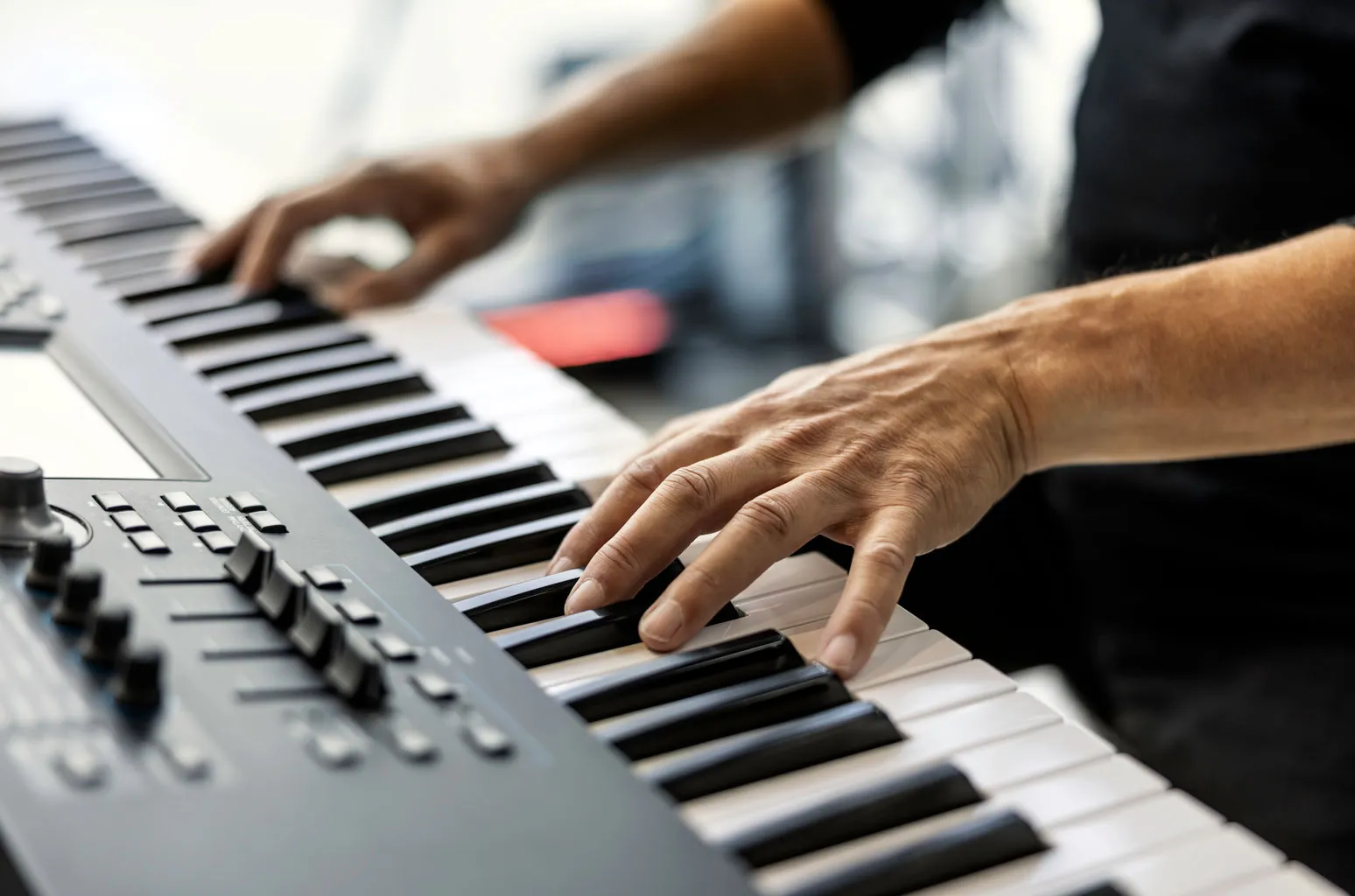Selection of core instruments has a big impact on the sound and creative direction of a project in the complex art of music creation. They lead producers across genres in innovation with their wide range of sounds, from lush, organic textures to other auditory environments. Modern instruments have powerful sequencing, sampling, and mixing capabilities, making them creative hubs. This adaptability allows producers to create unique aural experiences and explore unlimited musical possibilities. Understanding these instruments’ versatility unlocks creative potential for both beginners and experts. Finding the best keyboard pianos for beginners is a good start.
Sound Design Power
Synthesizers create or manipulate sounds. Their subtractive, additive, FM, wavetable, granular, and physical modeling synthesis approaches give them great power. Each method manipulates waveforms, frequencies, and envelopes differently, allowing producers to create various textures and timbres. A producer may create a deep, resonant bass sound for electronic music or an ethereal, developing pad for a film soundtrack. Controlling oscillators, filters, amplifiers, and modulation sources opens up almost unlimited musical possibilities. This skill allows the development of electronic sounds that create genres and engage listeners’ imaginations, not just acoustic instrument imitations. The depth of sound design choices ensures that no two productions sound alike, fostering creativity and artistic distinction.

Integrated Production Hubs
By design, music workstations are complete production environments. They combine numerous functions that need different equipment, simplifying the creative process. Their broad feature sets make them suitable for composers and producers who want an all-in-one solution for executing their ideas.
- Workstations’ multi-track sequencers let you compose a song from scratch by recording and arranging musical parts, notes, and events.
- Many allow users to record, modify, and seamlessly integrate external audio into their songs to add distinctive textures or realistic instrument sounds.
- Onboard mixers allow producers to balance songs and prepare them for final output or additional refinement in a larger production setup by controlling volume, panning, and routing.
- These tools automate complex melodic or rhythmic patterns, inspiring and speeding up composition.
This integrated approach lets a producer go from idea to fully arranged and mixed track without leaving the workstation, making it a useful as a best keyboard pianos for beginners
Ability to perform
Synthesizers and music workstations are powerful live instruments. Many have velocity and aftertouch-sensitive keyboards for intricate music. Performance controls like assignable knobs, sliders, and pads let musicians change sounds and effects during a performance, generating developing textures and spontaneous changes. Live arpeggiators and phrase sequencers add complexity to tunes. Electronic artists, keyboardists, and bands wanting wide sonic capabilities use these instruments because they can easily save and remember song arrangements or sound patches, ensuring a flawless set flow.
Genre Flexibility
The versatility of synthesizers and music workstations makes them suitable for almost every musical genre. These instruments can create the desired sounds, from EDM basslines and ambient soundscape pads to film scoring orchestral textures and pop and rock synth tones. They can be used to produce futuristic gaming sounds, aggressive hip-hop drums, and soaring progressive rock leads. This versatility keeps these essential instruments fresh and invaluable as musical trends change, enabling new creative expression across the spectrum of sound.




